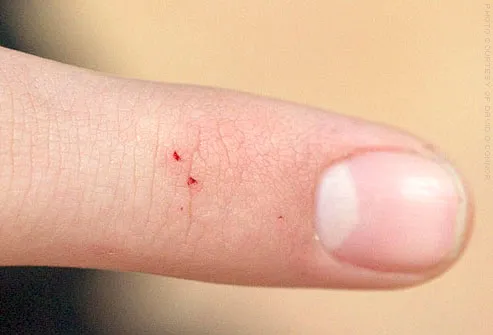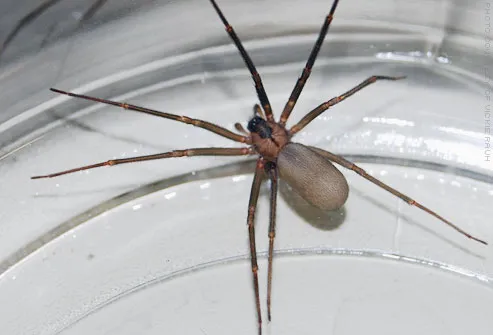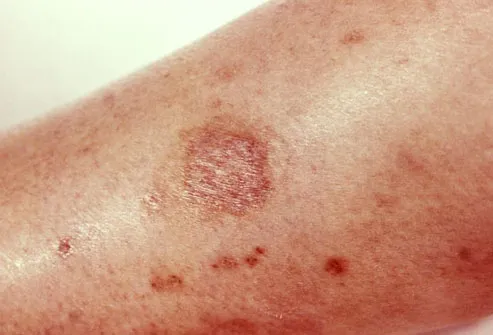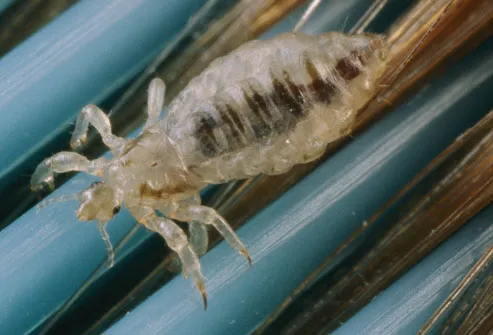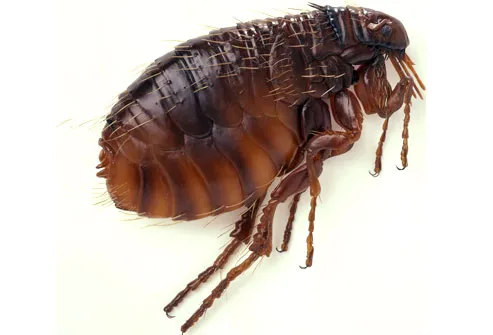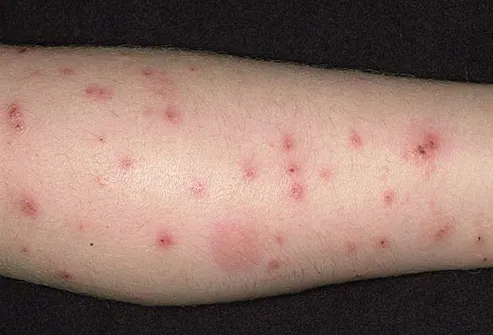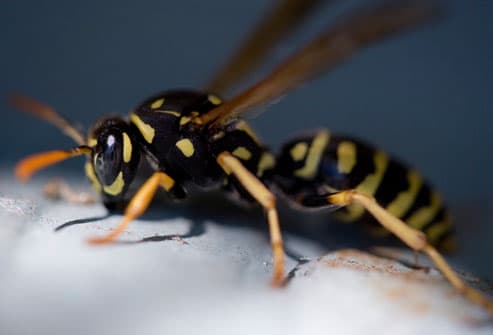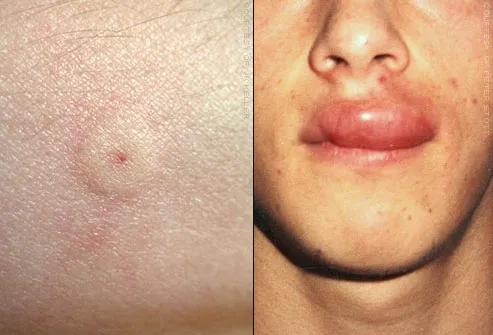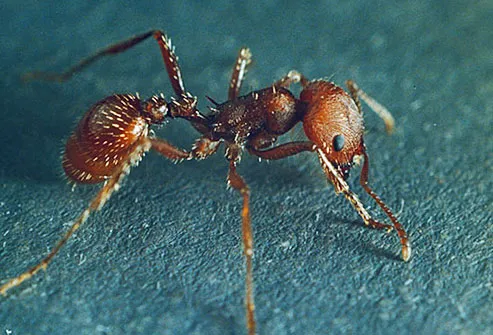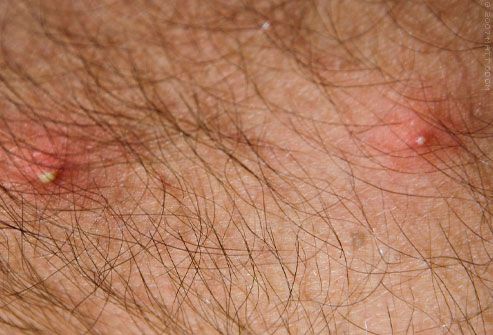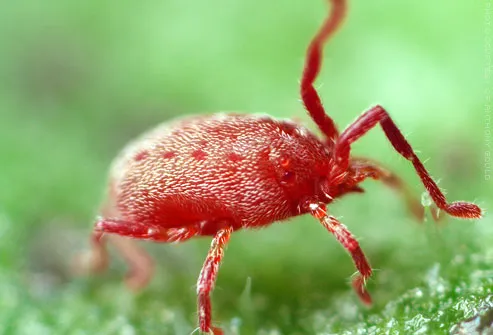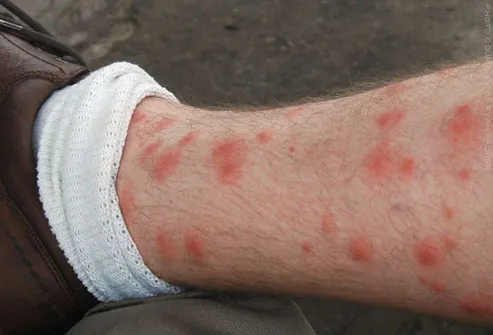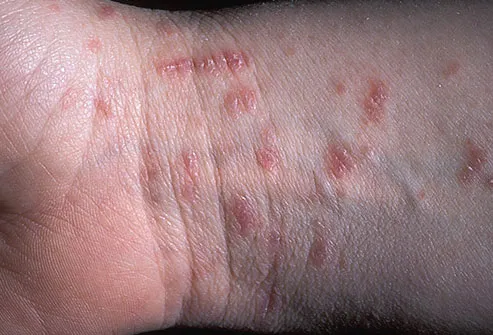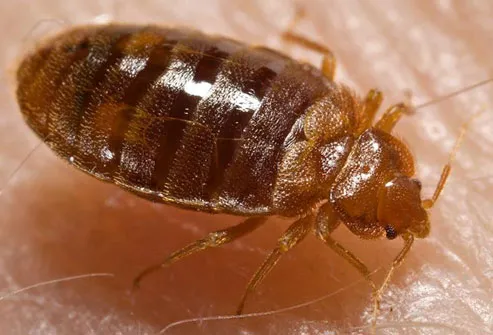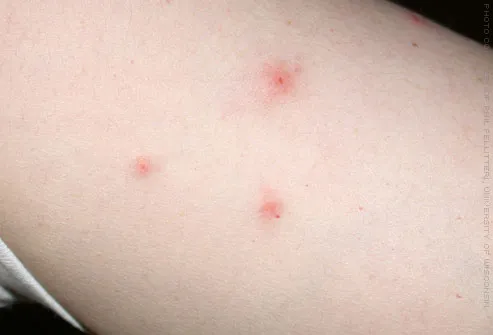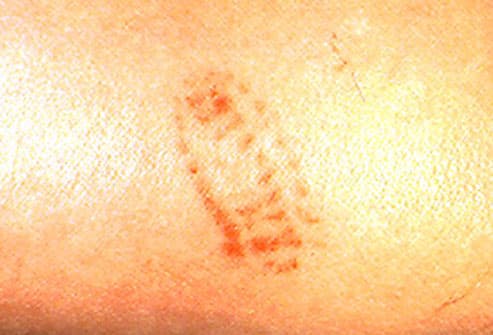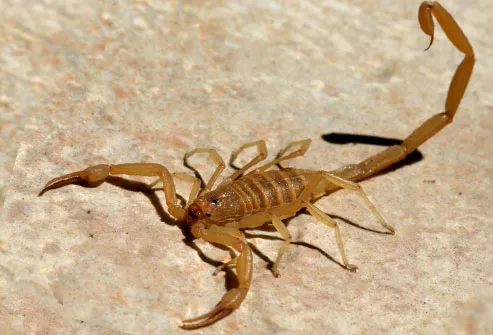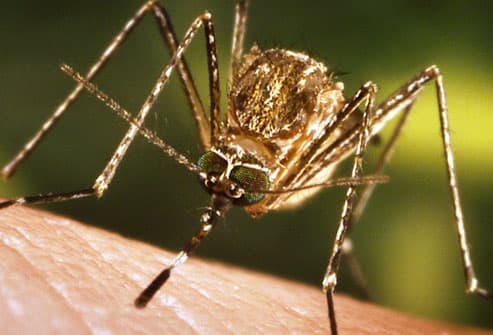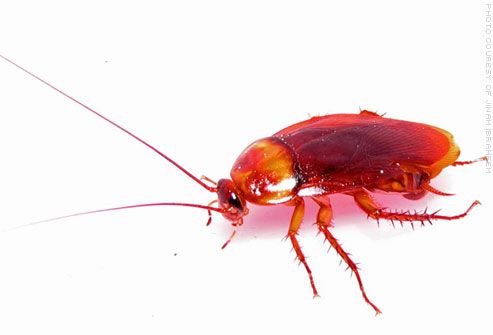寶寶趣事
this blog is meant for my little preciousTicks
Many bugs give us reason for pause, including poisonous spiders, chiggers, bees and lice. But few get under our skin – quite literally – like the tick. If you enjoy the outdoors, be careful of ticks -- they can attach as you brush past grass and plants. Ticks don't always carry diseases, and most bites are not serious. But they can carry diseases including Lyme disease and Rocky Mountain spotted fever.
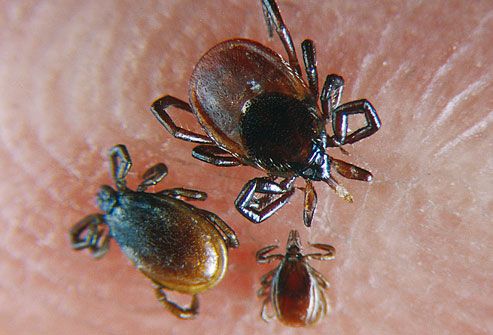
Tick Bites
Once a tick latches onto skin, it often moves to the warm, moist armpits and groin -- feeding on blood and passing on any disease it carries. A tick bite can also trigger an allergic reaction. If you have a tick, it is important to remove it properly. To prevent tick bites, keep your arms, legs, and head covered when outdoors. Use tick repellant with DEET. Check for ticks after spending time in grassy or wooded areas.
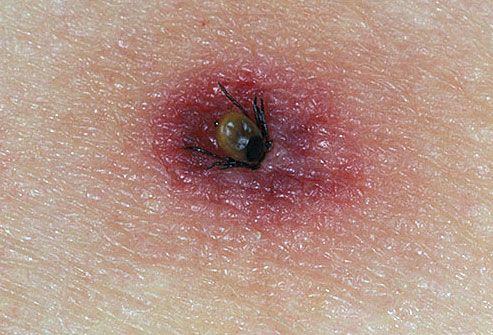
Lyme Disease
In the U.S., the Western black-legged tick and the deer tick can carry Lyme disease bacteria. Infected ticks usually don't spread the disease until they've been attached for at least 36 hours. The first sign of infection is usually a circular skin rash. Early symptoms may also include fever, headache, and fatigue. Untreated Lyme disease may spread to other parts of the body, including the muscles, joints, heart, and nervous system. Most cases of Lyme disease can be treated successfully with antibiotics. Ticks can cause Lyme disease which may cause a "bull's-eye" rash.
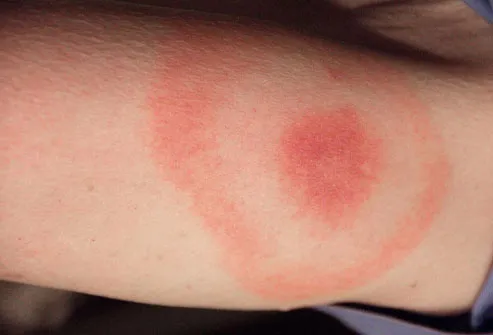
Black Widow Spiders: Poisonous!
Wood piles and tree stumps -- that's where poisonous female black widows hide. She is long-legged and glossy black, with a distinctive orange, red, or yellow "hourglass" shape on her underside. Most spiders are 2 inches wide, but some are smaller. Female black widows have a bright-colored "hourglass" on their underside.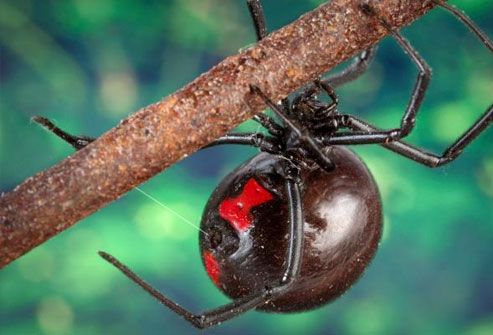
Black Widow Spider Bites
Black widow spider bites may cause sharp, shooting pain up the limb, but they can also be painless. Look for one or two red fang marks, redness, tenderness, and a nodule at the bite site. Severe muscle cramps, nausea, vomiting, seizure, and a rise in blood pressure may follow soon after. Get medical care immediately. Anti-venom medicine is available. If possible, bring the spider with you for positive identification.Tiny red fang marks identify black widow spider bites.
Brown Recluse Spiders Can Be Deadly
Hiding in attics and closets -- in Midwestern and South central states -- that's where you'll find brown recluse spiders. The spiders range in color from yellowish-tan to dark brown, with darker legs. Their venom is extremely poisonous, and their bite can cause serious wounds and infection. Yet you may not feel their bite.Brown recluses have a "violin" pattern in the upper body, where legs attach.
Brown Recluse Spider Bites can cause tissue death
When the brown recluse bites, it is often painless -- then skin reddens, turns white, develops a red "bull's-eye," blisters, and becomes painful. These bites can be deadly. Get medical care immediately. If you can, bring the spider with you for positive identification.
Head Lice: Itchy!
In hair -- that's where you'll find lice. They like to hide near the neck and behind the ears. If you have lice, you likely got it from sharing a hat, brush, or other item with a person who has lice. Lice are itchy, but scratching can lead to infection. In severe cases, hair may fall out. Head lice are grayish-white, and no bigger than sesame seeds.
Head Lice Remedies
To kill lice and their eggs (called nits), use lotions, creams, or shampoos from the drug store or prescribed by your doctor. Wash clothing, bedding, and brushes to prevent the spread of lice. Check all household members, and treat everyone who has nits or lice. Scalp with skin infection from scratching; lice eggs are "glued" to the hair.
Fleas: Not for Pets Only
Fleas are small, wingless, agile insects that live off the blood of their host – and they don't just bite pets. They dine on people, too
Flea Bites
Some people are very sensitive to flea bites -- but scratching can cause a wound or infection. The best solution is to get rid of fleas on pets and in your home. Keep pets out of your bed and be sure to vacuum rugs daily. Spray insecticides on infested areas. Consider using a once-a-month insecticide on your pet. Flea bites result in raised itching spots with a puncture in the center.
Bee, Wasp, Hornet, Yellow Jacket
When a bee stings, it loses the stinger and dies. But a wasp, hornet, or yellow jacket can inflict multiple stings because it does not lose the stinger. These stings can cause serious reactions in people who are allergic to them.
Bee, Wasp, Hornet, Yellow Jacket Stings
If you don't have an allergic reaction, simply remove the stinger, clean the sting site, apply ice, take oral antihistamine for itching, and take ibuprofen or acetaminophen for pain relief. If you have a severe anaphylactic reaction, lie down and carefully remove the stinger. Use an Epi-Pen (epinephrine) if you have one. Use a tourniquet above the sting to reduce absorption of the venom. Get immediate medical care. A wasp sting (left) and a severe allergic reaction to a wasp sting (right).




